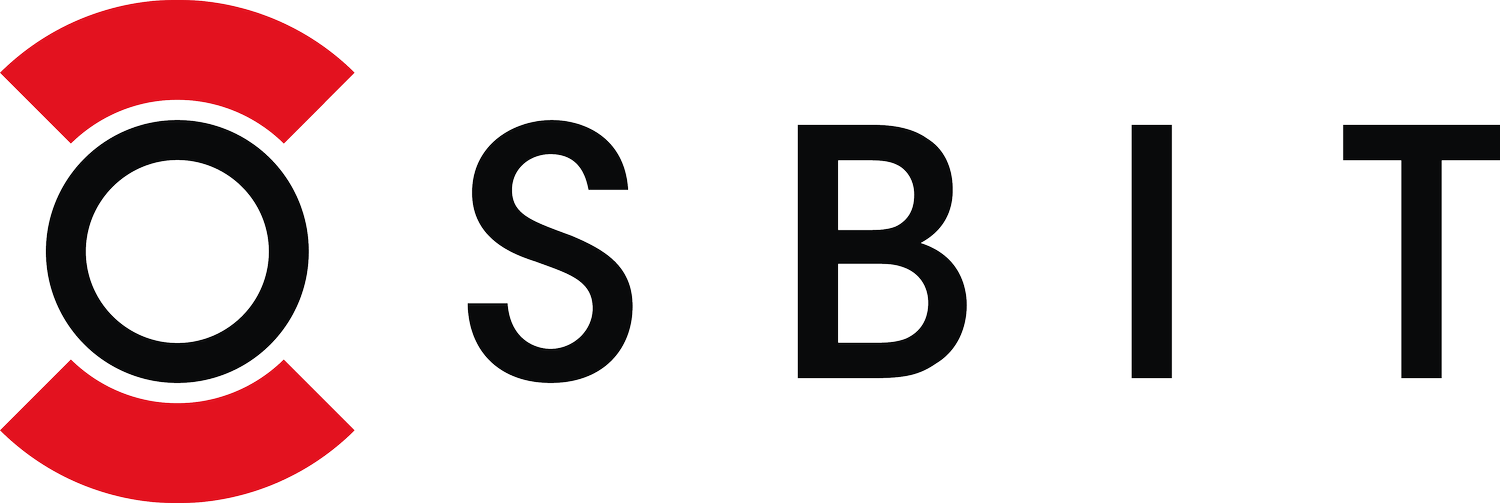Engineer Experiences: Hamish
In the second part of our Q&A series, we talk to Hamish Wallace about his experience working on Osbit’s innovative smart tower system.
When did you start working on the project?
I started in April 2020. I came back from one of the gripper projects out in Singapore, and I first got involved on the fabrication side, joining the team down at Wilton Engineering.
What was your role?
I was part of the team making sure we were on time, that commercially we were in the right place and then picking up other fabrications as they came through. We were proactively working with our supply base and being part of the expediting process, making sure we got the results we wanted. In August 2020, I took up the position of Project Owner for commissioning and testing – the construction side of the build, internal commissioning and demonstration for the client.
What was your biggest achievement during your time on this project?
Seeing the entire project operational, seeing the heave compensation system, the pipe-handling system in action, to go from having seen the first steelwork laid down in the shop floors and it all being made up. I got a really hands-on look and feel for the tower, from tiny bits of plate work on the ground and black steel, through to actually seeing it move. I almost felt ownership over the tower, I was part of the fabrication team right from the start and it was always evolving, and I provided a level of continuity on site. Seeing the structure looming over the Teesside, doing what it was meant to and the client happy with it – you can’t ask for much more than that from an engineering perspective.
How did your experience grow as a result of this project?
In all ways. As the project progressed into the build stage, our team size grew to over 30 guys sub-contracting on a daily basis, with 15 Osbit engineers on site. So, from a responsibility perspective, it was quite a step change and I learned so much.
What would be your biggest takeaway from this project?
Osbit is capable of delivering really complex, big pieces of equipment. In terms of complexity, there’s a bit of everything there – from the heave compensation, you’ve got high-pressured gas, massive hydraulic power units, down to the pipe-handling system, the control cabin, a lot of intricacy, a lot of automation. It really stands at the forefront of what Osbit can do. It’s almost like 15 projects all rolled into one in terms of the sub-systems, all jobs in their own right. You pop it all into one structure and it becomes this enormous beast! There is no other project we’ve done that better exemplifies this multi-disciplined way of working, where lots of smaller sub-teams come together for one goal.
What did you move on to after this project?
Since coming back, I’m doing work on some lifting tools, and supporting enquiries. It’s a pace-change, but there’s a lot of learning that we did on this job that I’m finding is directly applicable.
Was there a particular individual or individuals who inspired you on the project?
It’s hard to pick out a few names, there are a lot of inspirational characters out there. From a design perspective, Chris Hodges, who I worked with a lot in the first phase when he was part of the tower construction. Ross Lamonby, who was dealing with the fatigue analysis. Through the construction phase, Sacha Aichroth was a big help. Callum Noble, especially on the controls. Charlie Sleigh, who was a graduate when he started on the job, has always had an admirable work ethic from day one, like a lot of young graduates, early career engineers who have the enthusiasm and put a lot into the project. Steve Bedford from a top-level perspective was absolutely monumental on this project. There are a lot of names you can put on that list but at the end of the day it was a team effort, it’s really hard to pick out one individual.
What learnings will you take to the next project?
Some of my biggest learnings came from the hydraulic and commissioning side, understanding how pressure systems work, how we can diagnose faults and how we can improve on them. All these types of things are directly applicable to the next job from a mechanical and structural perspective.
What made the project successful?
The buy-in that we had from everyone. We all knew there were going to be challenges, there always are when you push the engineering limits. But everyone got together to figure things out and find a solution. It was the adaptability and flexibility that everyone demonstrated that was key.
What worked well?
Having the right mix of people. From a management perspective, we were careful of getting the right balance with the team. Consistency was important to us moving forward with the testing programme and we had a team who were really bought in to delivering the project. That sense of team spirit really kept everyone together and the job moving forward.
What advice would you give to someone coming into a project like that?
You have got to know to manage yourself, know where your personal limits lie. We do a lot of shorter duration, high-intensity work, but this is real a step-change and you don’t want to burn yourself out. You’ve got to take time off and do all the little things that help you push to the end. Everyone who has been part of that process has learned that skill. You also have to understand the milestones as they come up and feel pride in what you have achieved.
